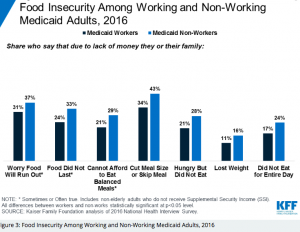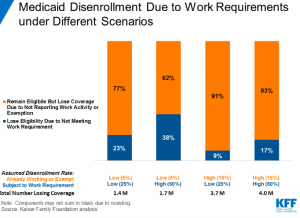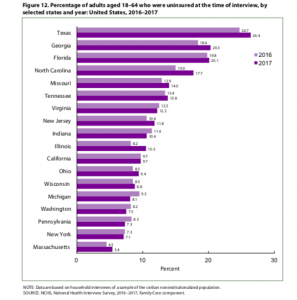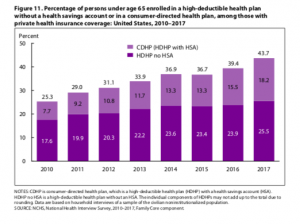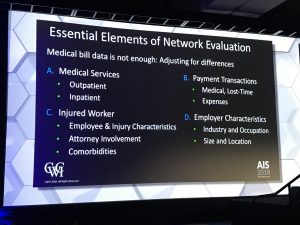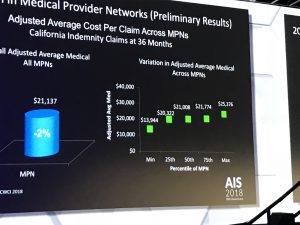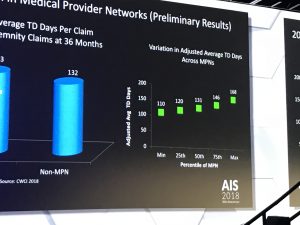Spent most of this week doing a long bike ride with two great friends – riding thru a 90 minute downpour, falling into a mud puddle, and marveling at two century-old engineering feats.
Glad I missed the poison ivy and horse poop…

Work comp premium rates keep tumbling
This is one of those very big stories that isn’t getting near enough attention. This morning’s WorkCompCentral had two stories that highlight just how much the world is changing.
WCC’s Greg Jones (one of the more diligent reporters I’ve read) noted that California may lose it’s place as the state with the highest work comp rates.
Ohio’s public employers are looking at a 12 percent drop, capping off a seven-year run of decreases that have slashed premiums by almost 42%.
Meanwhile, despite high medical costs and lots of litigation, Louisiana’s rates have also declined some 30 percent over the last decade. (thanks to LCTA’s Troy Prevot for the head’s up). While the reduction in employers’ and taxpayers’ costs is a very good thing, too-high medical costs and too-long disability duration are problematic indeed. But the story here is rates are dropping despite these significant cost drivers.
The biggest driver appears to be claims volumes – frequency declined 6 percent last year alone. While some argue that frequency is not a number, and therefore isn’t relevant, as we get very close to full employment, the “gap” between frequency (claims per 100 FTEs) and the actual volume of claims becomes pretty meaningless. (cue disagreement, which is welcomed)
What does this mean for you?
Lower rates will force insurers to reduce administrative expenses, overhead, staff, investments in technology.
Lower rates reduce premium taxes, a funding source for regulatory entities.
Historically low injury rates are continuing to drop, reducing the number of claims – which reduces the need for case management, claims adjusting, bill review, UM, peer review, IMEs…pretty much all claims services.
Insurers seeking to cut fixed costs to reduce Unallocated Loss Adjustment Expenses are moving claims to TPAs, a trickle that may become a flood.


